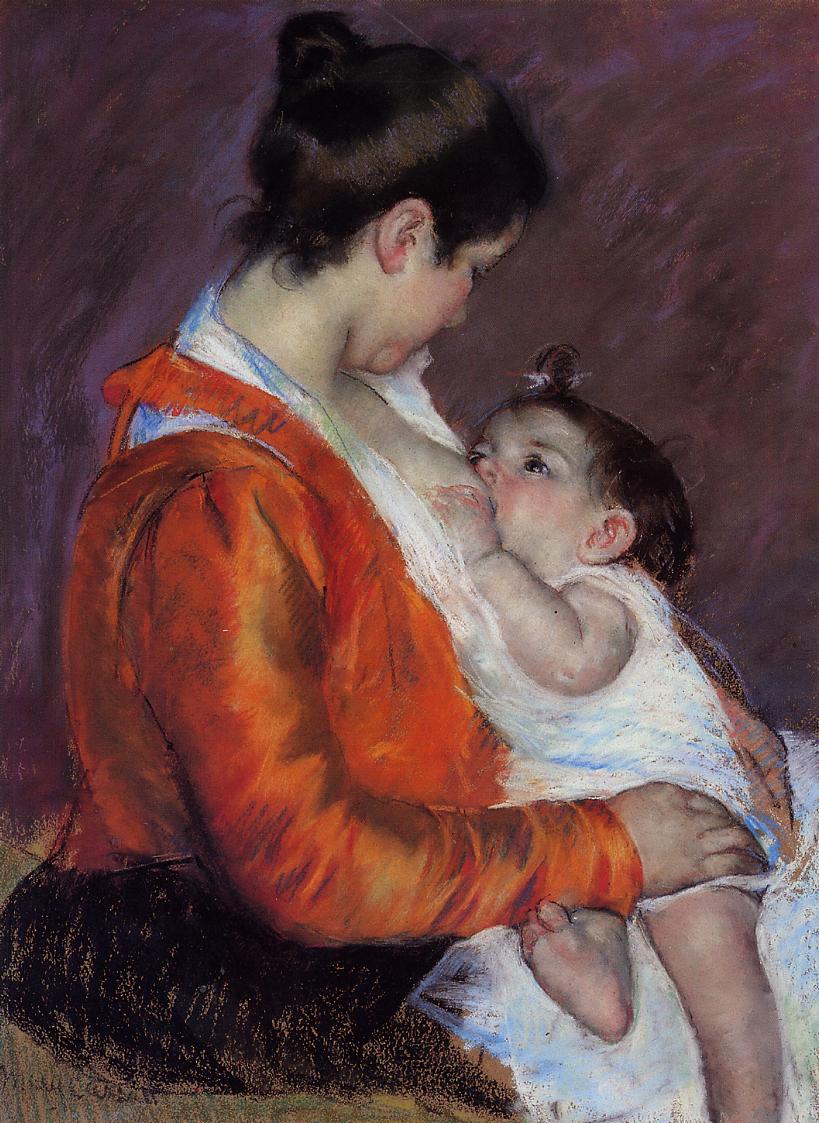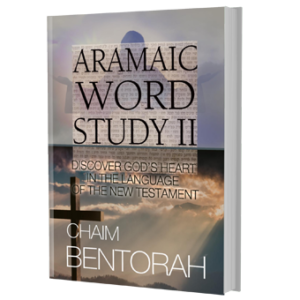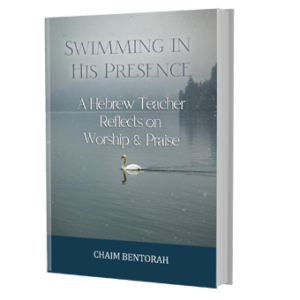
Genesis 15:6: “And he (Abraham) believed the Lord and He counted it as righteousness.”
The Talmud teaches that trusting belief in God is more important than anything else. One may keep all the laws of Torah, follow every ritual, but it is only trust that will ultimately save the individual. Remember how Saul lost his kingdom because he performed a sacrifice before a battle rather than wait for Samuel to arrive to do it. Samuel was late, Saul’s army was deserting him but Saul would not go to war until that sacrifice was offered, so he did it himself. What was his sin? Yes, disobedience of course. But I never heard a Christian preacher or teacher give the root reason. I had to go to Jewish literature to find it. It was that Saul was not trusting or believing in God. Ironic, that we as Christians who know and understand that our salvation is in faith in God alone and not works will not see this, yet the Jews whom we say depend upon works are the ones who do recognize faith as their corner stone, go figure.
The Talmud teaches that if a drowning man suddenly spots a tree within reach, which part of the tree does he lunge for? Not the branches, for they will break under his weight; rather he grabs the roots of the tree. Trusting in God is similar to the strong roots of a tree, it is the basis and foundation of the entire tree, our salvation.
The word in Genesis 15:6 for believe is aman. When you trace this word to its Semitic roots you find that it has its origins in the nursing of a baby. Consider the dynamics involved in a nursing baby. The mother must cradle the baby in her arms. The baby is in the total protection of its mother. The mother is providing sustenance to the baby directly from herself, not from a spoon or cup, and it is her own milk, not the milk of a goat or cow. The impressionist artist Mary Cassatt in her famous painting Louise Nursing Her Child depicts a mother nursing her child with the mother looking at her baby with total love in her eyes and the baby looking up to it’s mother with total trust and dependence in its eyes. That painting could easily have been named Aman. Mary Cassatt spoke volumes in this painting portraying the deep bonding taking place between the mother and child. This is why I use the word trust for aman rather than belief, although our English word belief does fit aman.
Only a woman, such as Mary Cassatt could have painted this picture. A man really could not as a man has never experienced such a deep bonding and relationship with a baby. Only a woman can really understand aman (trust, belief) to its fullest extent. This is one reason why God created a woman as a helpmeet for man. The word helpmeet in the Hebrew is ‘ezer kenegedo. This literally means a helper that is seen in front of him. We simply say a helpmeet. Actually, that is really the best English word we can apply to ‘ezer kenegedo as it is expressing the idea of one who helps you see or understand. God created a woman to help man understand his relationship with God. As a man seeks to love, protect and cherish his wife and as his wife longs to be loved, protected and cherished the man can understand how God longs to love, protect and cherish him. Also, as a man longs to protect and defend the heart of his wife and such a longing keeps him from cheating on her for he knows it would break his wife’s heart, this man begins to understand how loving God causes him to want to protect God’s heart and would keep him from cheating on God with other gods. Also, as a man watches his wife nurse their baby he is seeing a picture, one which is beautifully portrayed by Mary Cassatt. From this he can begin to understand what aman (trust, belief) in God really means. Yet, a man cannot understand the full meaning of aman, at least not like a woman, for he cannot feel or experience aman like a woman. That is why it is so important for a woman to learn to love her husband like she automatically loves her child so she can be an ‘ezer kenegedo helpmeet to her husband.
I remember hearing the wife of a veteran who was badly burned in combat. His face was totally disfigured and he refused to believe that his wife could still love him. The wife said she had to learn to love him as she would a child before she could rebuild their love relationship.
It is interesting that the Bible uses the words ‘ezer kenegedo helper who stands before him for the word helpmeet. The enemy knows how dangerous a woman is to his cause. Through the granting of the ability to bring life into this world and experience the intimacy of nursing that new life, she has been given knowledge of the love of God and the duty to pass that knowledge unto a man. No wonder the enemy is creating pornography, homosexuality, and destroying the home. Therein lays the very core of understanding the love of God. Is it any wonder that the enemy wants to promote the male as in a dominate role rather than just a leadership role. He has to keep the woman underfoot lest she reveal the true nature of the love of God to her husband. In many ancient cultures the man was so dominate that he would eat to his fill before a woman or child was allowed to eat. That is why heavy set women were so admired in times past because it showed that she came from a home which was rich enough to allow a woman to eat until she was full. It was never intended by God for a woman to be dominated by her husband, he was only to be a leader. The woman was created to ‘ezer kenegedo, to stand before the man and be a gateway to the knowledge of God’s love.
That is why Solomon said in Proverbs 18:22 that whosoever finds a wife finds a good (tov) thing. I hate the word thing, obviously a male translation. Let’s put this in its context. Whosoever finds a wife makes a good find. The word tov means to bring into harmony, thus whosoever finds a wife finds someone who can bring him into tov perfect harmony with God.







Recent Comments